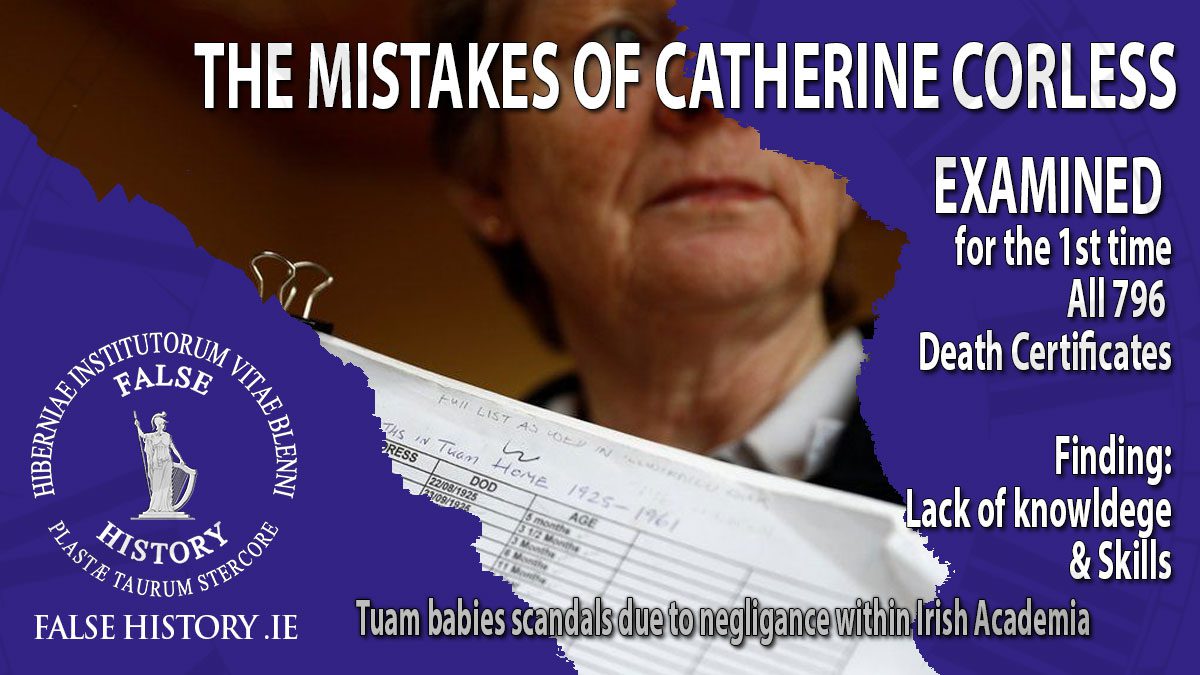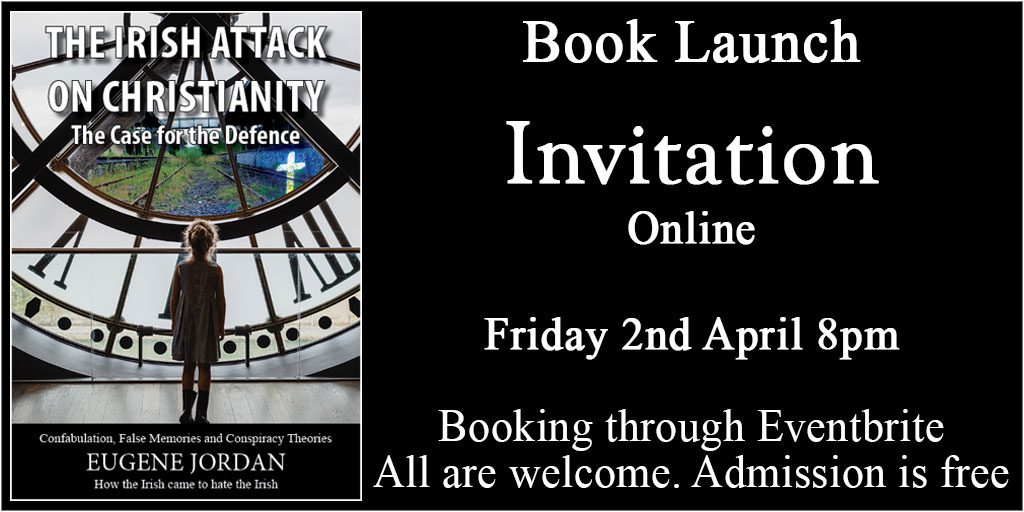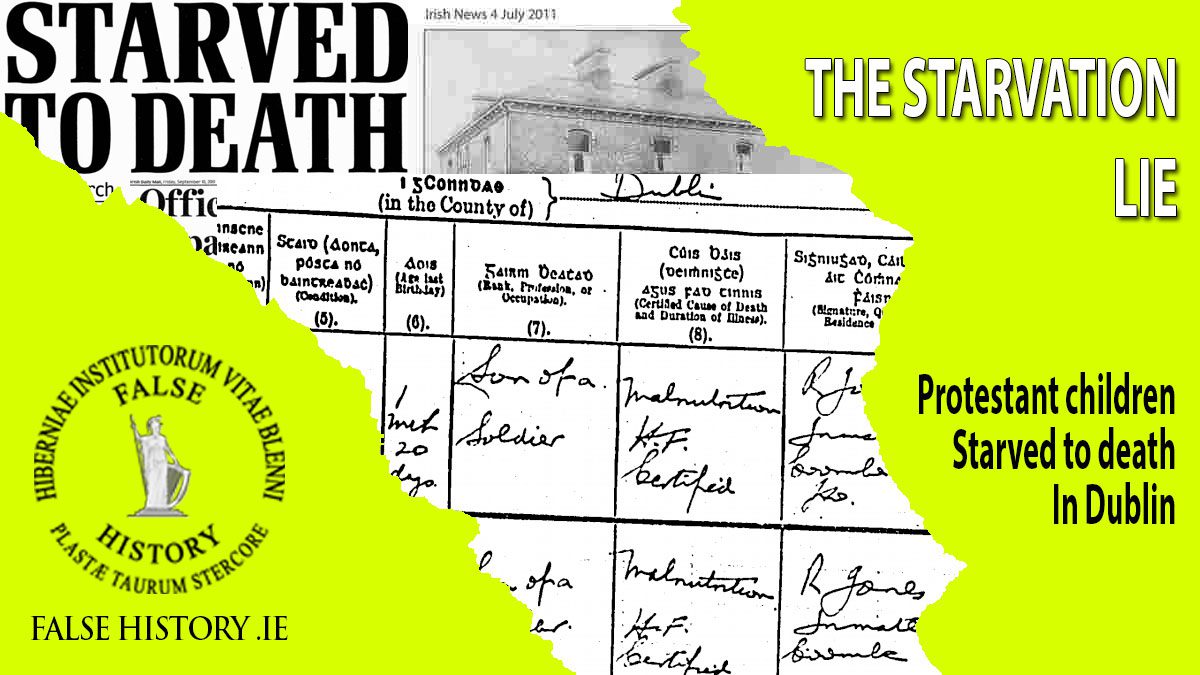Catherine Corless has put into the public domain the records of children who died at the Tuam Children’s Home but with significant omissions. Had these…
Tag: babies starved to death
Bias and Prejudice Unbridled on Children’s Committee
When welcoming the report, it was obvious that Kathleen Funchion had not read it… Speaking in the Dáil Éireann debate on the 13th of January,…
‘History cannot be a dehumanised, reductive, simplistic or self-serving narrative’
The gross hypocrisy of An Taoiseach Micheál Martin might not be immediately discernible from his the quote below, spoken at an event to launch the…
Letter to United Nations re the Irish Council for Civil Liberties
Dear Mr Salvioli, When miscarriages of justice occurred in Ireland, the Irish Council for Civil Liberties was strangely silent. Contrast their behaviour to the achievements…
Book Launch – Online – Friday 2nd April 2021 8pm
The Irish Attack on Christianity – The Case for the Defence The mother and baby homes scandal is but one example of the Irish abuse…
The Starvation Lie
The chief lie upon which the mother and baby scandal relies upon is the claim that babies were starved to death. This relies on a…





